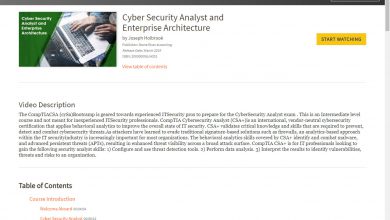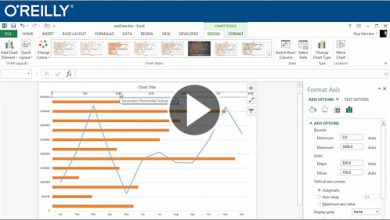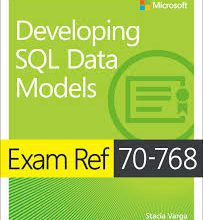Machine Learning Series- K-Means Clustering in Python
Machine Learning Series- K-Means Clustering in Python Free Download
Dhiraj, a data scientist and machine learning evangelist, continues his teaching of machine learning algorithms by explaining through both lecture and practice the K-Means Clustering algorithm in Python in this video series. Click here to watch all of Dhiraj Kumar’s machine learning videos. Learn all about K-Means Clustering using Python and the jupyter notebook in this video series covering these seven topics:
- Introducing K-Means Clustering. This first topic in the K-Means Clustering series introduces this unsupervised machine learning algorithm as well as K-means clustering concepts such as centroids and inertia. K-means clustering works well when we have unlabeled data. The outputs of K-means clustering are described as well as the uses of this algorithm in areas such as customer segmentation, insurance fraud detection, and document classification.
- K-Means Clustering Advantages and Disadvantages. This second topic in the K-Means Clustering series covers where K-means clustering works well and where it doesn’t work well. K-means clustering guarantees convergence, works well with large datasets, and provides low computation cost. Disadvantages include that it is difficult to predict the number of clusters or the value of K, can lack consistency, and has cluster shape restriction.
- Choosing the Value of Parameter K. This third topic in the K-Means Clustering series explains how to choose the best value for K where K is the number of clusters. The Elbow, Silhouette, and Gap Statistic methods are discussed for choosing the optimal value for K.
- K-Means Clustering Model in Python. This fourth topic in the K-Means Clustering series shows you how to create a K-means clustering model in Python. Practice the steps of initializing, assigning, and updating to implement this algorithm in Python using the jupyter notebook. You can implement K-means clustering using Scikit-Learn.
- K-Means Clustering Mini Batch. This fifth topic in the K-Means Clustering series explains how to perform mini batch clustering in Python. Learn why mini-batch is important in K-Means clustering and how it works on data sets. Follow along in this hands-on session.
- K-Means Clustering Evaluation Method. This sixth topic in the K-Means Clustering series explains how to perform the K-Means Clustering Evaluation Method. Practice applying four evaluation methods: Sum of Squared Error Method, Scatter Criteria, Rand Index, and the Precision Recall Measure.
- K-Means Clustering Prediction. This seventh topic in the K-Means Clustering series explains how to predict values based upon the K-Means Clustering model. Follow along in this hands-on session using Python and the jupyter notebook.
DownloadOreilly – Machine Learning Series- K-Means Clustering in Python Free Download Free
https://2speed.net/file/6CF369908F85
https://upfile.info/file/6WTEF46269C
https://1fichier.com/?2conz57o8rr61wzg8c3e
https://drive.google.com/a/vimaru.vn/file/d/1_IV3C5YDLRXl3EMf1FZZUUgBJrBZiCDp/view?usp=sharing
https://drive.google.com/a/vimaru.vn/file/d/1pIN916xppbv3ljincA_NKUZaKI3UB477/view?usp=sharing
https://uptobox.com/ai0vnsrpdvnp




